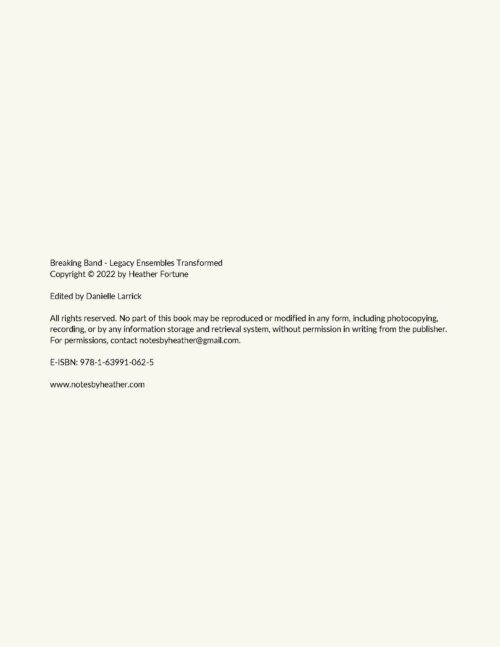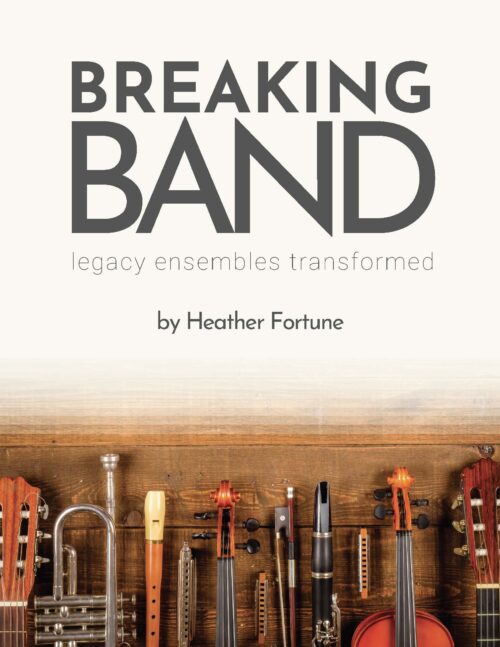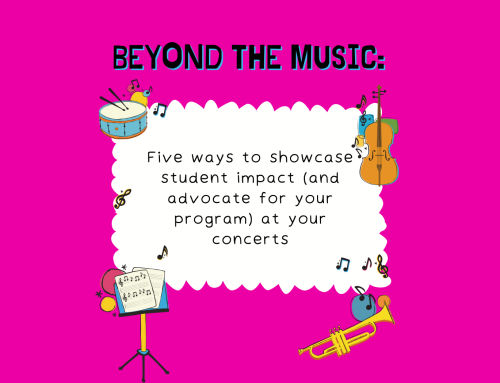It’s hard for me to believe this is my seventeenth year teaching instrumental music at my school. Seventeen is such a big number!
In some ways, the rhythms of the school year are well established. For example, our high school ensemble will perform at a Gratitude Assembly the week of Thanksgiving. We will also give a short music assembly of secular winter favorites the week before Winter Break. Both of these small performances will prepare us for our big concert at the end of our semester in January.
Yet, in other ways, the start of the school year represents a chance to welcome newness and cultivate opportunities for unexpected happenings. For example, we have had one rock band in the past, but there was enough interest this year that we decided to run two rock bands. Our experienced band will rehearse mostly independently, allowing them to take further ownership over their set and sound. Additionally, there are a handful of brand new beginners in the mix, whether they are new to making music or just trying out a new instrument. It will be interesting to see how all of this plays out!
how can we make the music we play in our school ensembles feel authentic to who we are, what we like, and what we are capable of playing?
Setting New Goals
Something I’m trying for the first time this year is writing a new batch of exercises and warmups to get at specific rhythmic concepts and skills. Having heard my students trip over the same skills year after year, I’m hoping to break things down in clear ways that allow students to gain fluency as readers or as musicians who play by ear. I’m trying to make patterning clear and easy so that students have a deeper understanding of how musical phrases are built.
I also hope these small exercises will help my students learn how to improvise and play freely over common chord changes, a skill I am working on.
How might this show up in our concerts? I don’t know yet!
As much as I have settled on pieces to return to with ensembles over the years, I am also constantly reinventing my approach to making music with students. This reinvention may, in some ways, be spiraling around a central goal – how can we make the music we play in our school ensembles feel authentic to who we are, what we like, and what we are capable of playing?
Trying New Things and Outcomes
Trying new things each year keeps our work fresh and exciting, particularly for students committed to the group year after year. It allows opportunities for students to drive their own learning and to work in different modes across their years in the group. I hope to model growth and curiosity for my students to inspire them to share those values and explore them through music.
Trying new things with students will not always result in the success you might have envisioned at the start of a process, but it almost certainly will lead to learning.
Trying new things may not attract the attention of state music associations, but it might provide an opportunity for budding young artists to express themselves and thus embark on creative paths.
Trying new things keeps this role fresh and animating for me, which informs the energy I bring to teaching.
I would not survive in the music room without the ability to reinvent, rethink, and rework the expected modes of music-making.
Keep trying new things to learn, grow, and evolve!
Are you interested in trying something new in your ensemble room this year? Check out Heather’s book below!






Leave A Comment